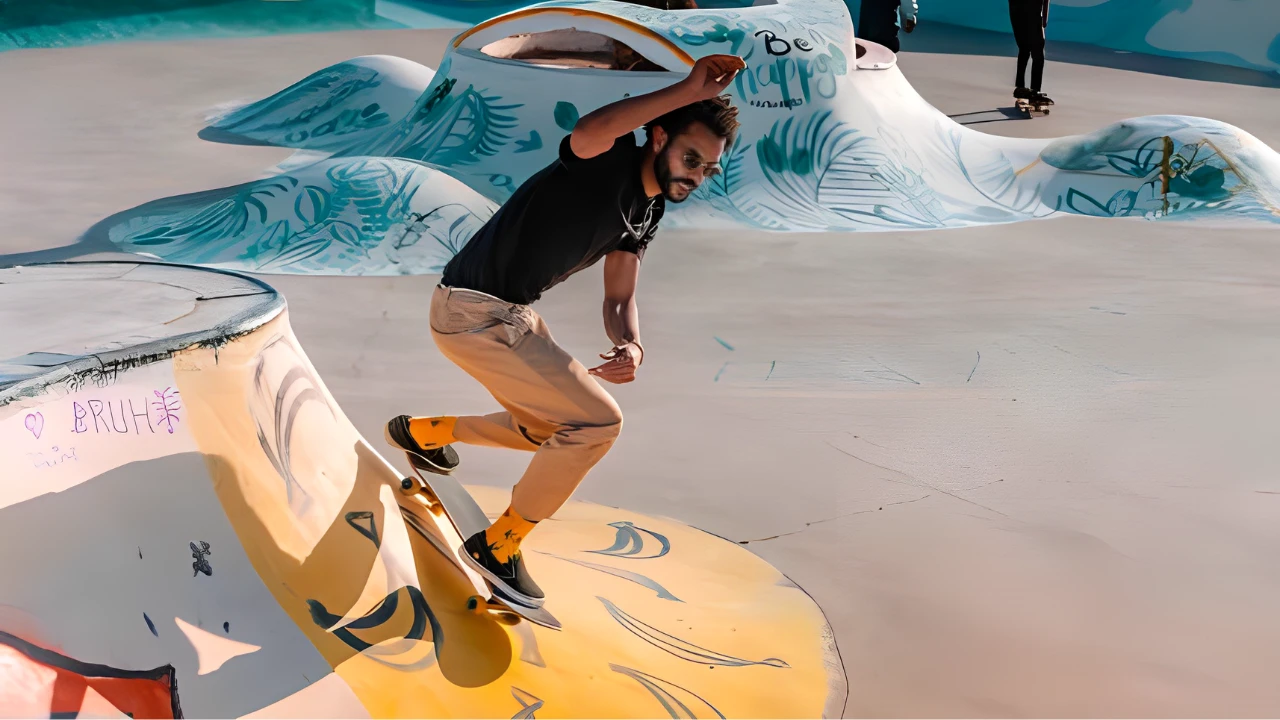Skateboarding transcends the clatter of wheels on concrete. It’s a vibrant tapestry woven with innovation, perseverance, and a unique culture that defies borders and generations. From its humble beginnings on California sidewalks to its recent Olympic debut, skateboarding is more than just a sport; it’s a way of life. So, buckle up, grab your virtual board, and prepare to dive into 20 captivating skateboarding facts that will change the way you view this multifaceted activity.
Table of Contents
20 Fascinating Skateboarding Facts:
1. From Surf to Sidewalk: Riding the Concrete Waves
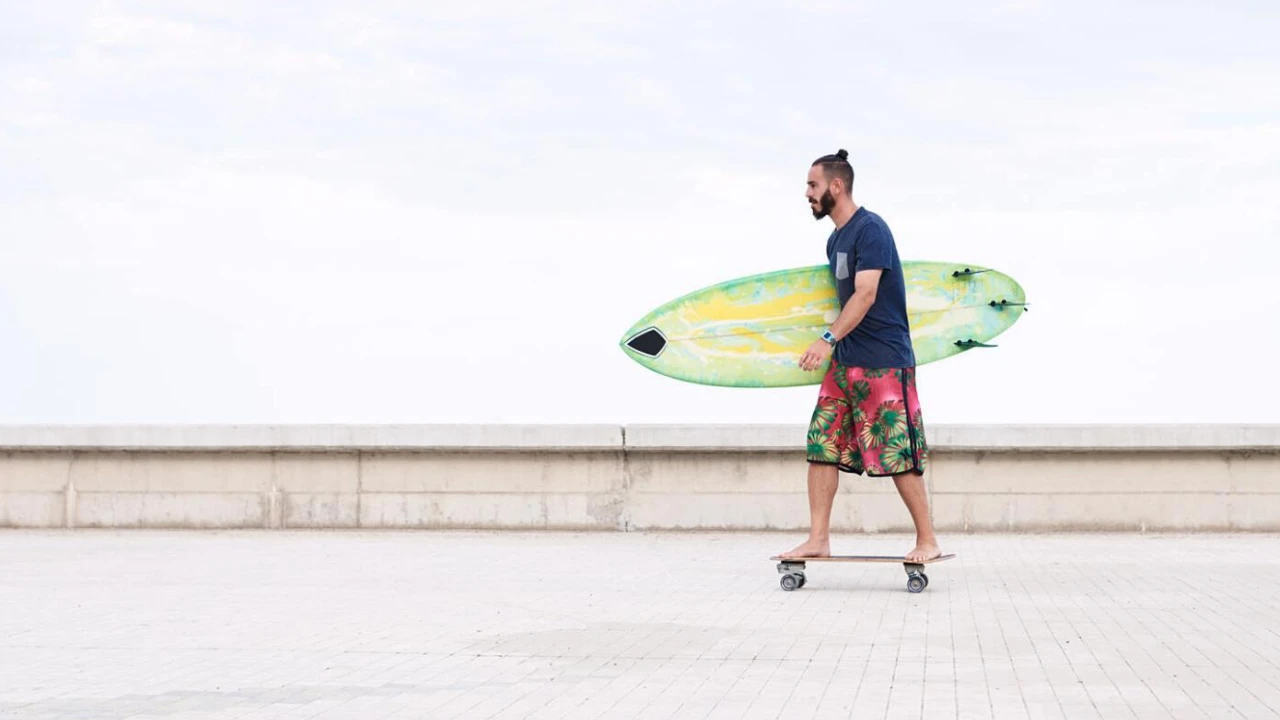
California sun, flat spells, and ingenious surfers birthed sidewalk surfing in the 1950s. These resourceful pioneers crafted makeshift boards from wooden crates and roller skate wheels, laying the foundation for what would become a global phenomenon. This DIY spirit remains deeply ingrained in skateboarding culture, inspiring creativity and resourcefulness even today.
2. Barefoot Beginnings: Feeling the Board Beneath Your Feet
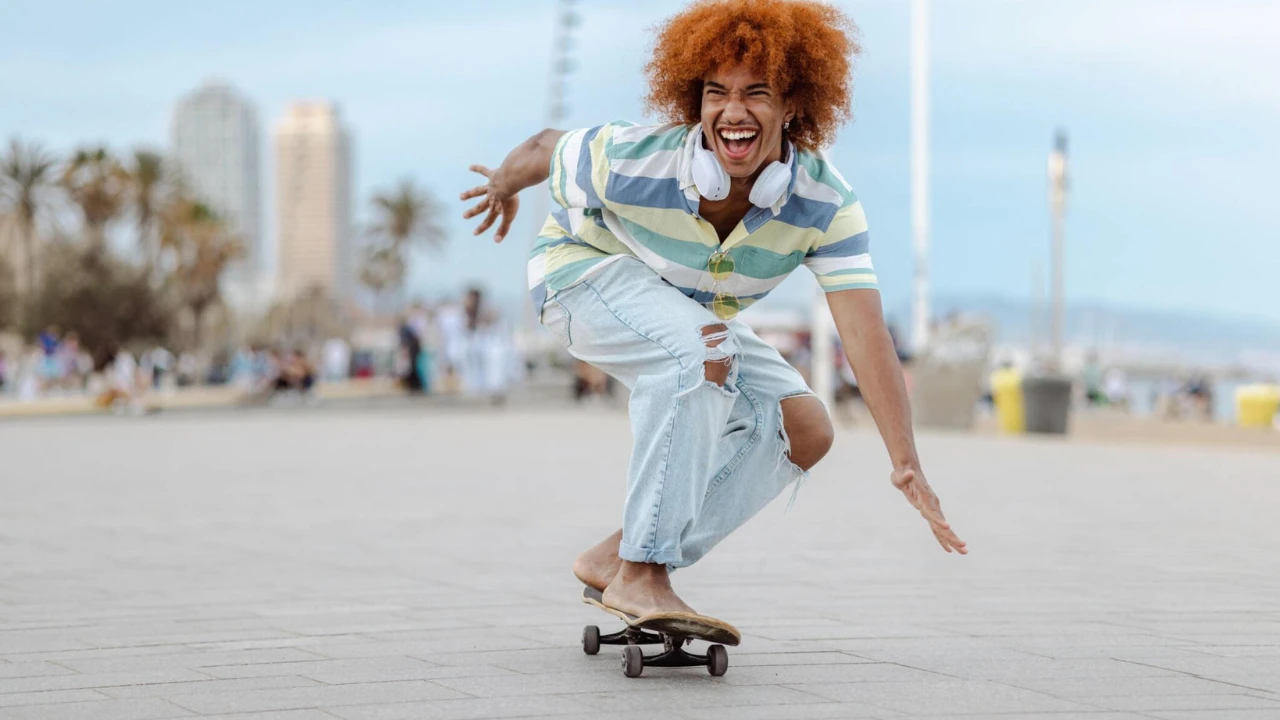
Imagine shredding without shoes! Early skaters rode their wooden creations barefoot, relying solely on grip tape for traction. While this might seem unimaginable today, it highlights the dedication and grit of these pioneers. Thankfully, the invention of shoes with better grip provided much-needed protection and performance enhancement, paving the way for the technical wizardry we see on skateboards today.
3. A Global Phenomenon: Shredding Without Borders
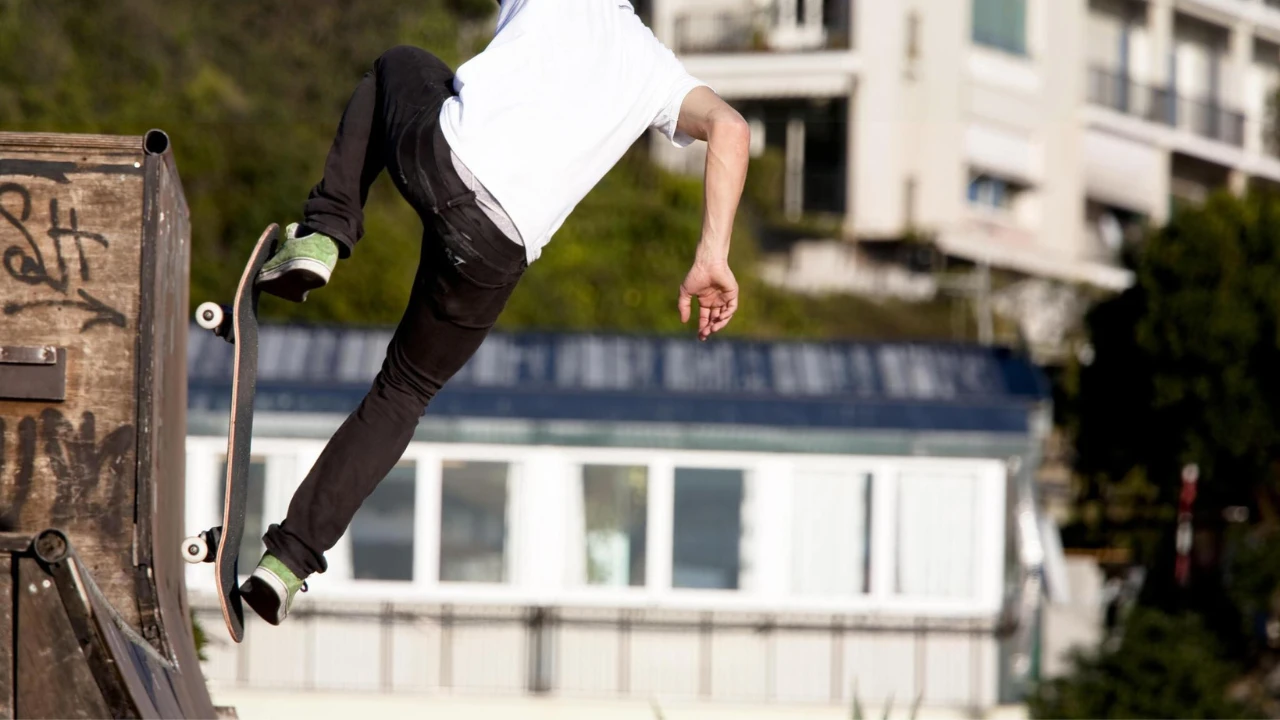
Think skateboarding is just a niche activity? With over 85 million participants worldwide, it’s a global phenomenon that transcends borders and cultures. From bustling metropolitan parks to dusty village streets, skateboards unite individuals through a shared passion for expression and freedom. This unifying power stems from the sport’s accessibility and versatility, making it a language anyone can understand, regardless of background or location.
4. Wheel Power Revolution: Smoother Rolls, Thicker Tricks
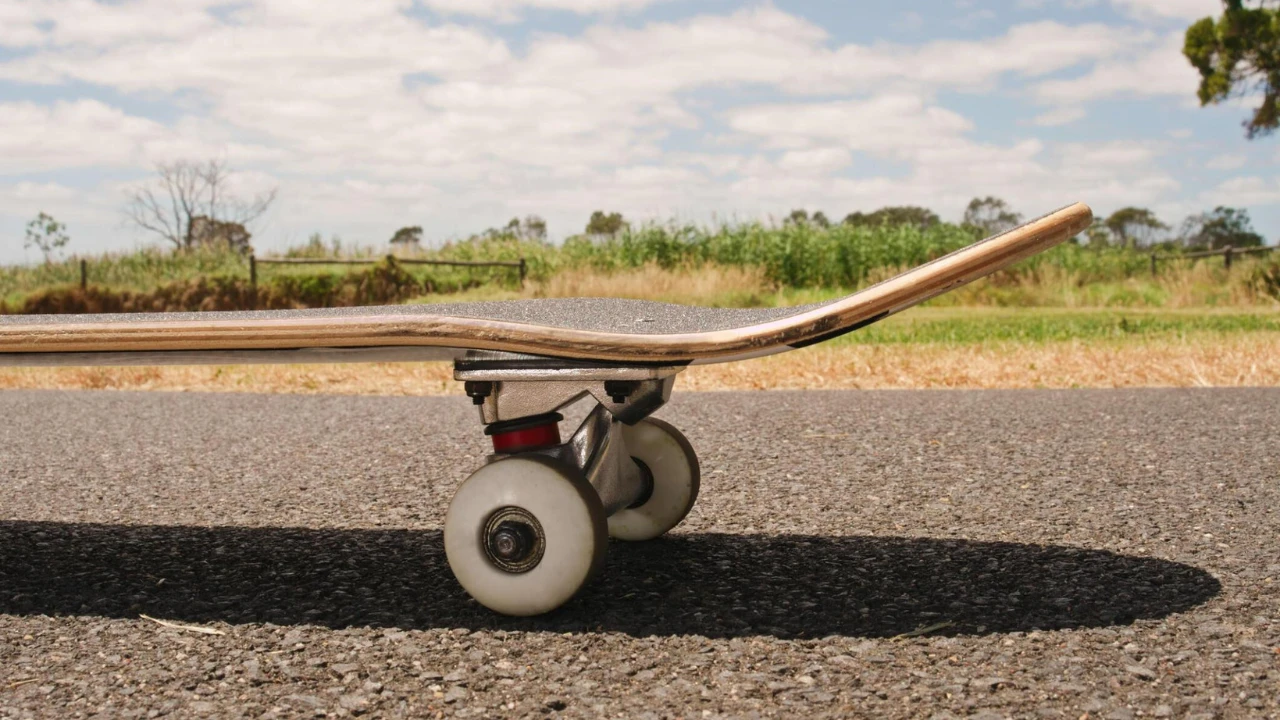
Remember those clunky roller skate wheels? In the 1970s, the introduction of polyurethane wheels revolutionized the sport. Offering superior smoothness and grip, these new wheels allowed for faster speeds, more control, and the execution of complex tricks previously thought impossible. This pivotal moment marked a turning point in skateboarding’s evolution, paving the way for the technical prowess and gravity-defying maneuvers we witness today.
5. Concrete Canvas: Drained Pools Become Creative Havens
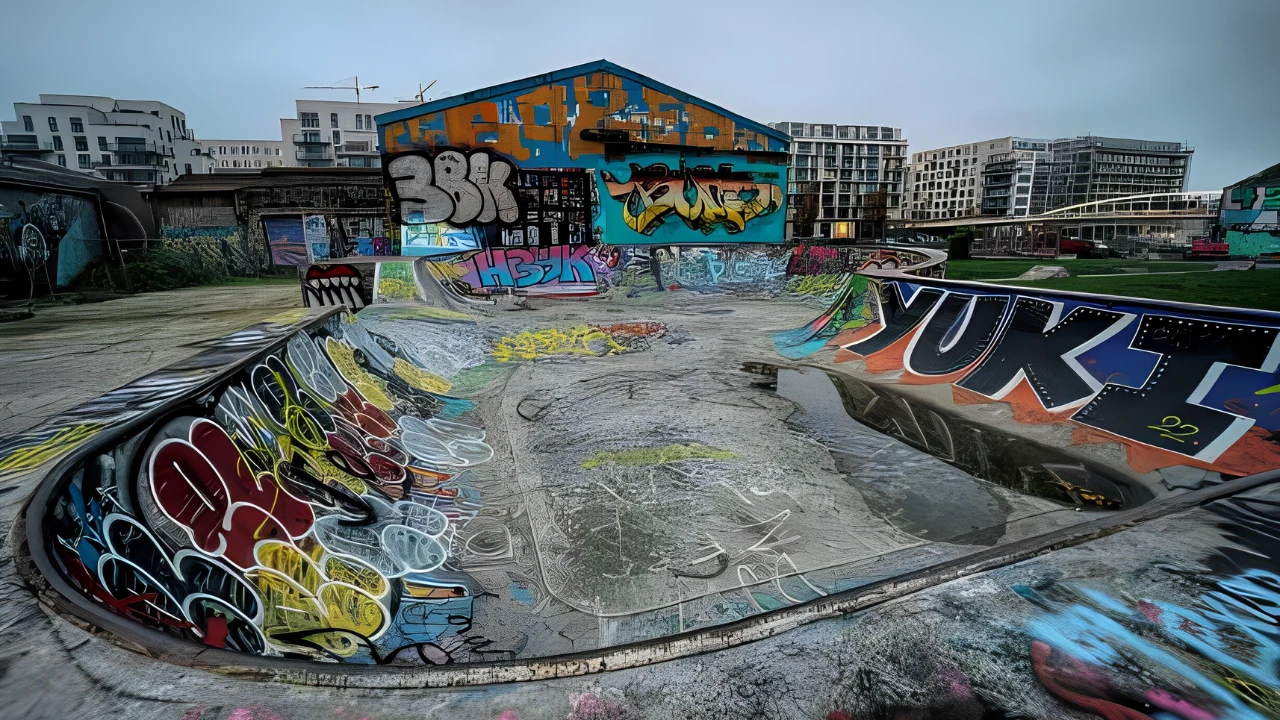
In the 1970s, drained swimming pools took on a new life as unexpected skate havens. These unique, curved structures offered natural bowls and ramps, sparking the imaginations of early skaters and inspiring the design of modern skate parks. This resourceful adaptation highlights the DIY spirit and adaptability inherent in skateboarding culture, showcasing how challenges can be transformed into opportunities for creative expression.
6. Ollie’s Origins: Not Always in the name
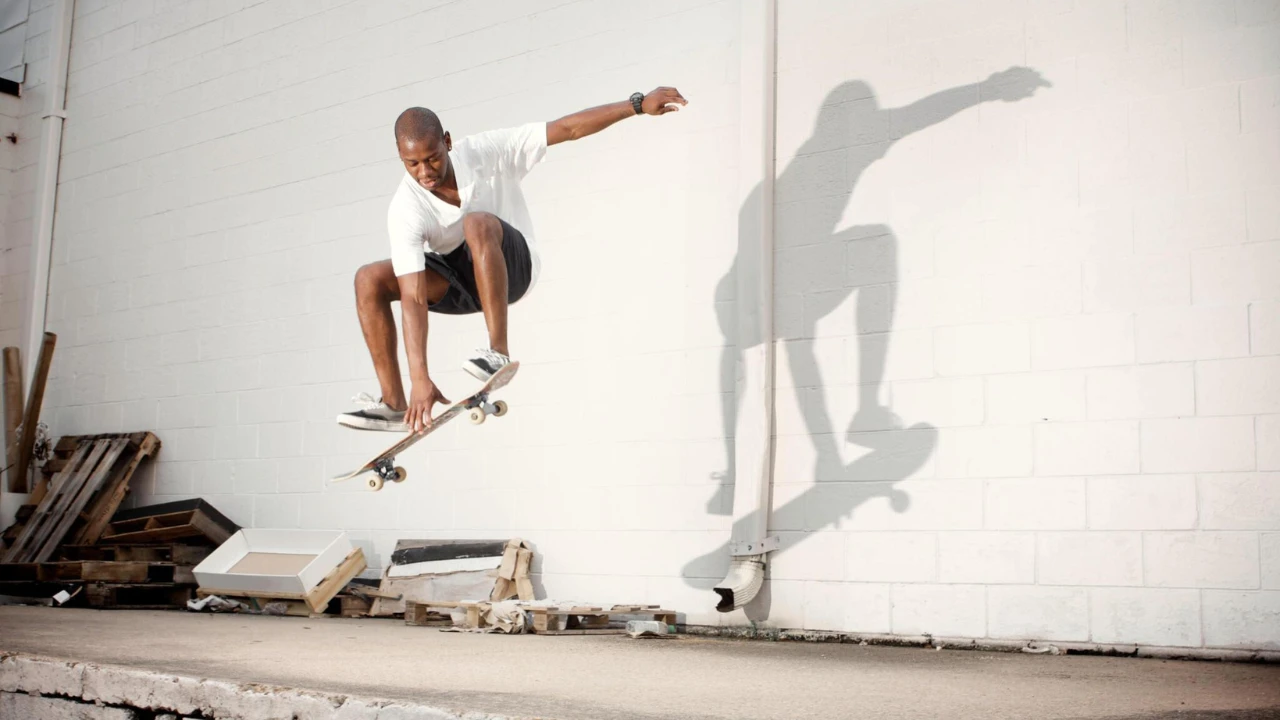
The iconic “ollie” trick, where the rider propels the board and themselves into the air, wasn’t always named after its inventor, Alan “Ollie” Gelfand. In its early days, Gelfand initially referred to this gravity-defying maneuver as a “rocket air,” capturing the explosive and soaring nature of the trick. However, as skateboarding culture evolved and the ollie became an integral part of the skater’s repertoire, its nomenclature transformed.
This name change isn’t just a linguistic shift; it’s a testament to the collaborative and dynamic nature of skateboarding. As tricks and techniques constantly adapt to new styles and innovations, the community embraces the evolution by assigning fresh monikers. The ollie, despite its humble beginnings with a different title, became a cornerstone of modern skateboarding. It stands as a symbol not only of technical prowess but also of the ever-evolving language and culture that define the vibrant world of skateboarding. The shift from “rocket air” to “ollie” encapsulates the fluidity and creativity embedded in the sport, showcasing how the community shapes and reshapes the narrative of tricks over time.
7. Rodney Mullen: The Flip Trick Mastermind
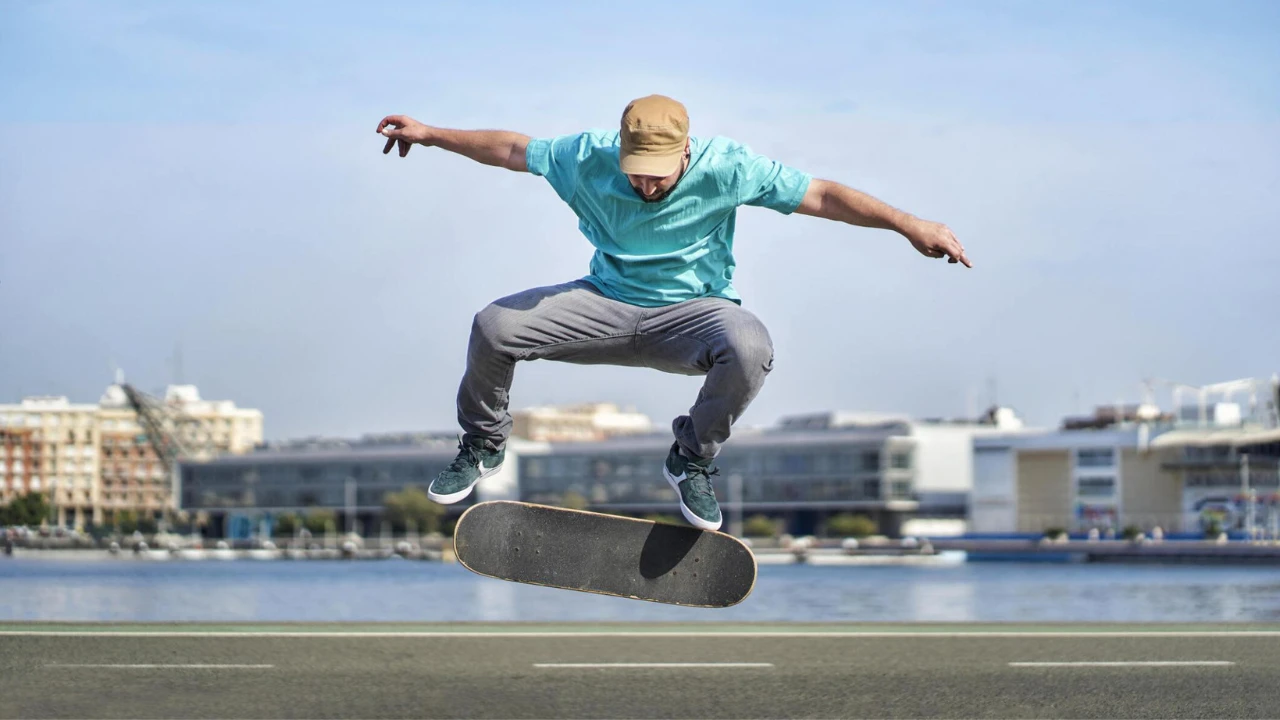
Think of a mind-bending flip or spin trick you’ve seen on a skateboard. Chances are, Rodney Mullen, the “Godfather of Freestyle,” had a hand in its creation. His innovative spirit and technical prowess laid the foundation for modern skateboarding’s technical repertoire. From the impossible to the iconic, Mullen’s influence is undeniable, inspiring generations of skaters to push the boundaries of what’s possible on a board.
8. Banned in Norway? No Way! A Brief Skater Uprising
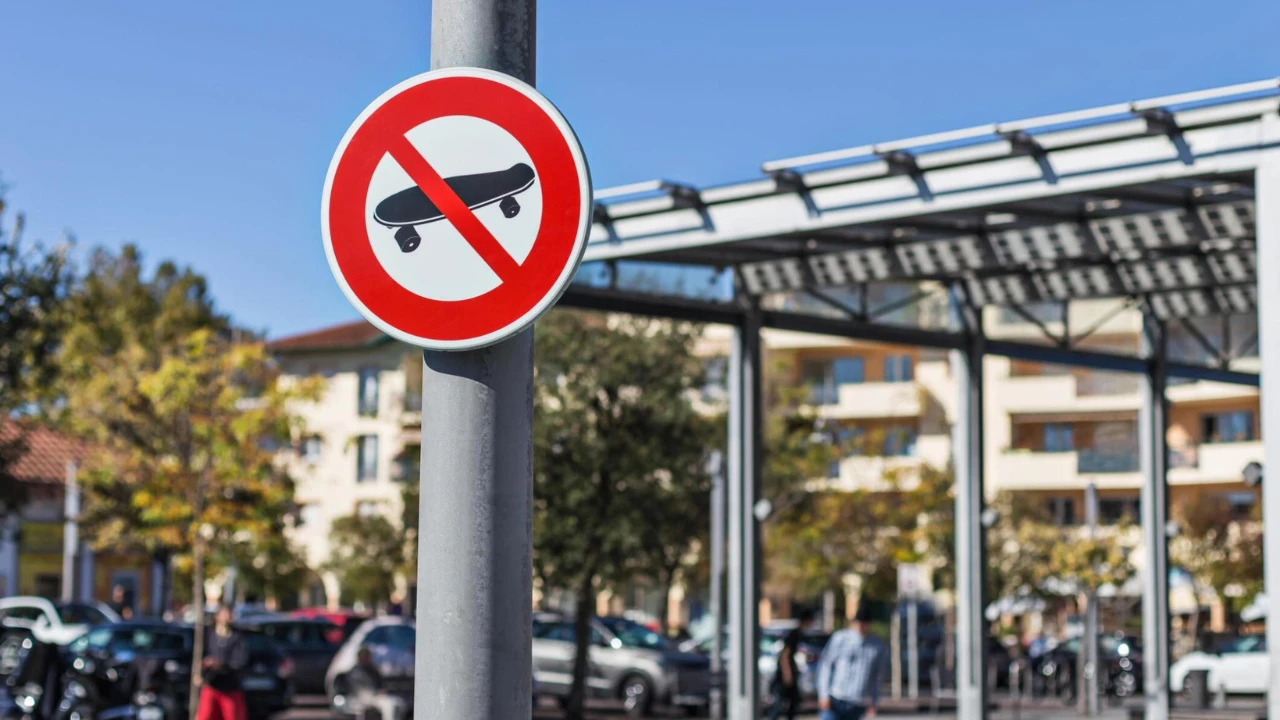
Believe it or not, skateboarding faced an unexpected obstacle in Norway. From 1978 to 1989, the sport was outlawed due to safety concerns and perceived disruption. However, this didn’t deter the resilient and passionate community of skaters. In the face of adversity, they didn’t hang up their boards but instead initiated a covert skateboarding uprising. Many continued practicing in secret, transforming hidden spots into impromptu skate havens. DIY skate parks began to emerge, tucked away in abandoned areas or secluded spaces, becoming sanctuaries where skaters could express themselves freely.
9. X Games Pioneer: From Skate to Extreme
Did you know the popular X Games, synonymous with extreme sports, started with a singular focus on skateboarding in 1995? It wasn’t until later that other adrenaline-pumping activities were incorporated. This origin story highlights the sport’s influence and impact on extreme sports culture, paving the way for a wider celebration of pushing boundaries and defying limits. Even today, skateboarding remains a core discipline at the X Games, showcasing the sport’s progression and enduring popularity.
10. Hawk’s Historic 900: Defying Gravity and Expectations
In 1999, Tony Hawk etched his name in skateboarding history by landing the first-ever 900, a mind-boggling double McTwist in mid-air. This seemingly impossible feat redefined what was achievable on a skateboard, pushing the boundaries of technical skill and defying gravity itself. Hawk’s iconic moment cemented his legendary status and inspired countless skaters to dream bigger and push their limits. It also brought skateboarding into the mainstream spotlight, showcasing its athleticism and artistry to a wider audience.
11. Stairway to Heaven: Danny Way’s Epic Leap
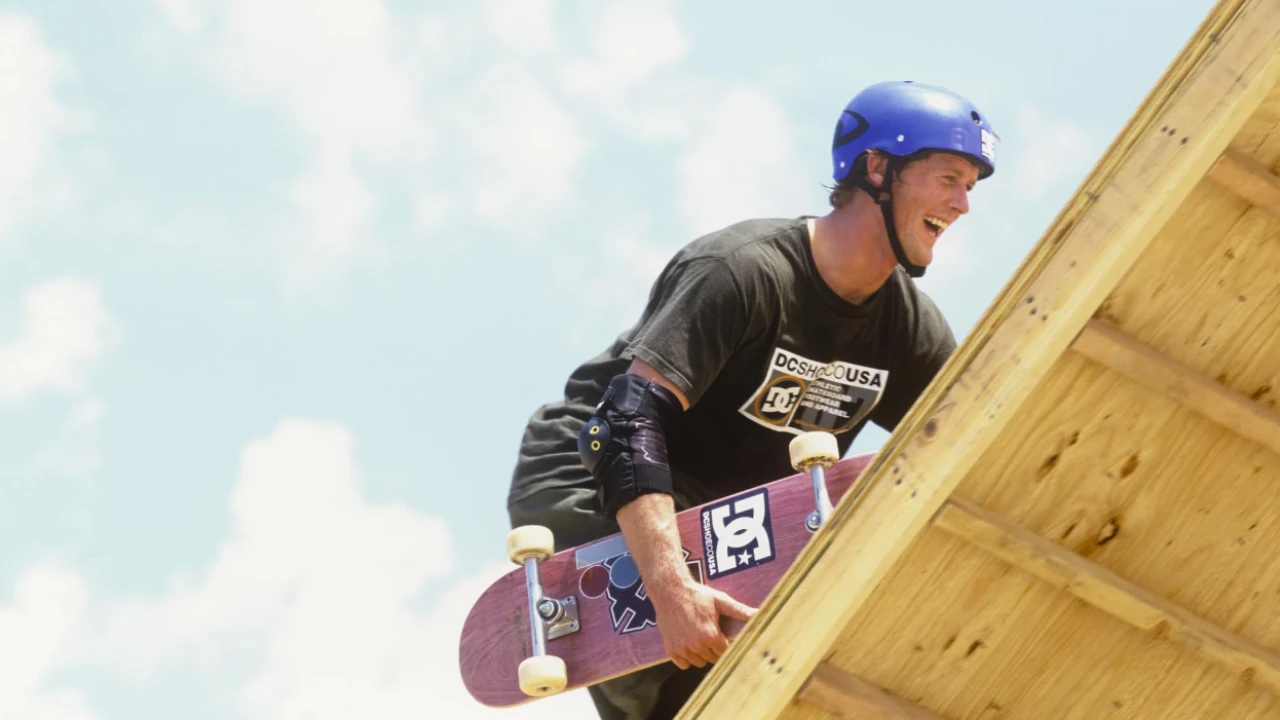
In 2004, Danny Way took skateboarding to new heights (literally) by ollieing a massive 25-stair set. Captured for Tony Hawk’s Pro Skater 3 video game, this daring feat showcased the sport’s progression and cemented Way’s reputation as a fearless pioneer. Beyond the physical challenge, the stunt symbolized the courage and determination required to break boundaries and redefine what’s possible. It served as a testament to the unwavering spirit of skateboarders and continues to inspire skaters worldwide.
12. Big Bucks on Board: More Than Just Tricks
Skateboarding has grown beyond its grassroots origins to become a multi-billion dollar industry. It encompasses board sales, apparel, footwear, sponsorships, and even video games. This economic impact reflects the sport’s cultural significance and mainstream appeal. From iconic skateboard brands to influential skaters with major endorsements, the industry provides opportunities for athletes, creatives, and entrepreneurs alike. However, it’s crucial to remember that the core values of skateboarding – community, expression, and passion – remain at the heart of this vibrant scene.
13. Skate Park Paradise: Where Shredding Dreams Take Flight
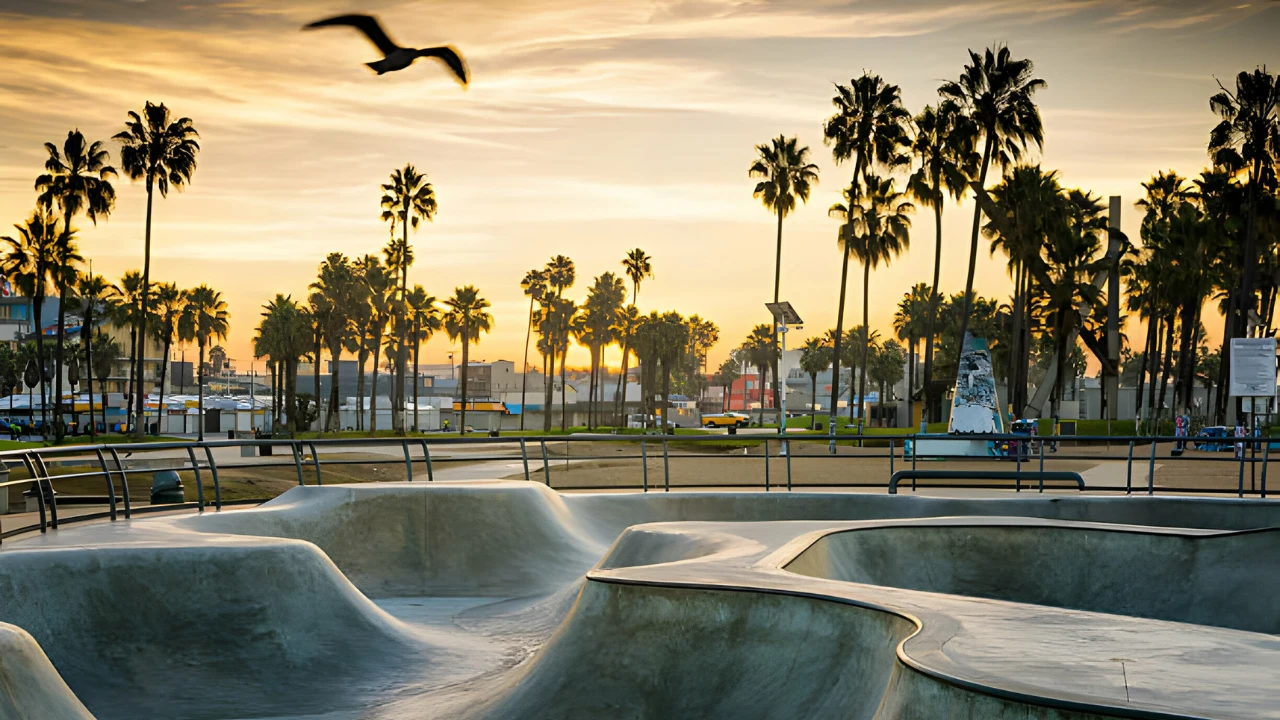
Over 3,100 skate parks exist in the United States alone, providing safe and dedicated spaces for skaters of all levels to practice, progress, and connect with their community. These havens foster a sense of belonging, encourage inclusivity, and offer a platform for self-expression. From beginners learning basic tricks to seasoned pros honing their skills, skate parks play a vital role in nurturing talent and promoting the growth of the sport. More than just concrete structures, they are vibrant social hubs where friendships are forged and a shared passion for skateboarding thrives.
14. Beyond the Thrill: Skateboarding’s Holistic Impact
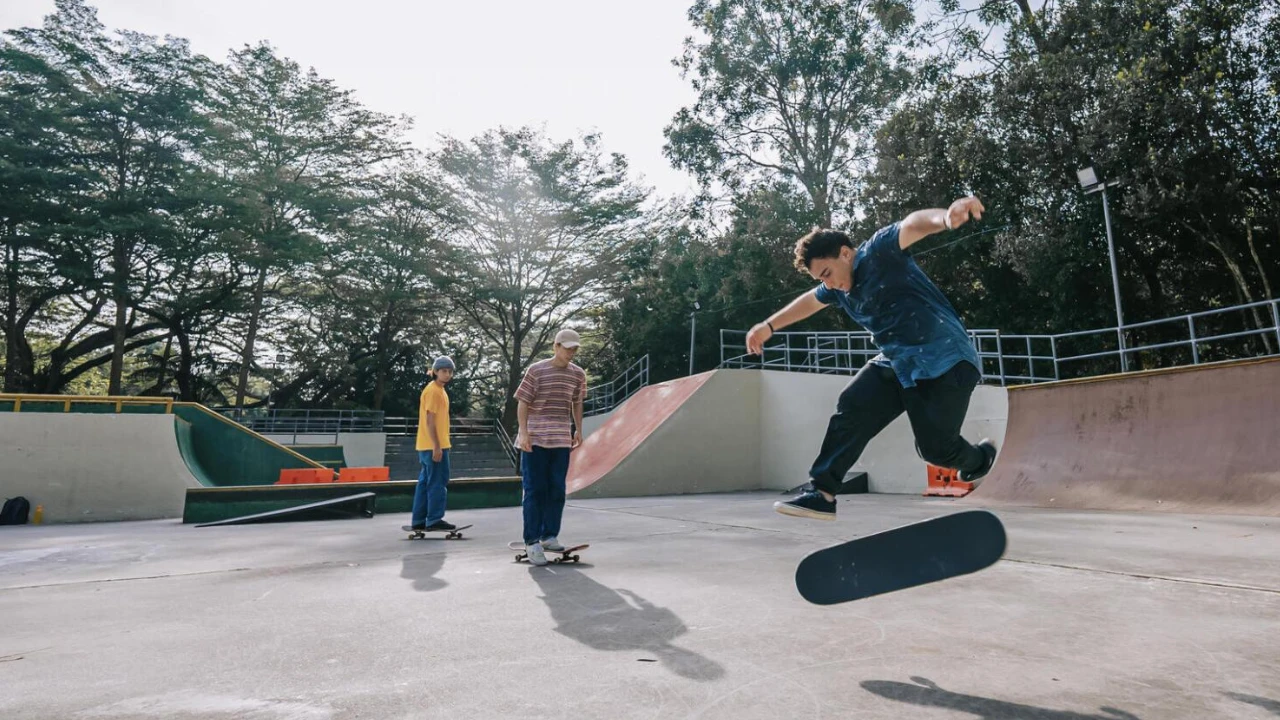
While the adrenaline rush and gravity-defying tricks are undeniable draws, skateboarding offers much more. It fosters a strong sense of community, encouraging camaraderie and teamwork. It cultivates creativity and self-expression, allowing individuals to push boundaries and find their unique voice. Additionally, skateboarding promotes physical activity and fitness, contributing to overall health and well-being. This holistic impact makes skateboarding more than just a sport; it’s a lifestyle choice that empowers individuals and enriches communities.
15. From Streets to Olympics: A Landmark Moment
In a historic move, skateboarding made its debut at the 2020 Summer Olympics in Tokyo, showcasing its evolution from a counterculture activity to a recognized sporting discipline. This inclusion solidified skateboarding’s place on the global stage,
16. The Female Force: Rising Stars and Breaking Barriers

Skateboarding isn’t just a male-dominated domain. Female skaters are carving their paths, pushing boundaries, and inspiring a new generation. Pioneers like Peggy O’ki and Elissa Steamer paved the way, and today, talents like Leticia Bufoni and Nyjah Huston are shredding alongside their male counterparts in competitions and video parts. The growth of women’s skateboarding competitions and initiatives like the Street League Skateboarding (SLS) Women’s Championship are fostering inclusivity and showcasing the immense talent of female skaters.
17. Fashion Fusion: Style Meets Function
Skateboarding fashion has transcended its utilitarian roots, becoming a unique blend of style and function. Iconic brands like Thrasher and Stüssy, alongside independent labels, offer apparel and footwear that reflect the sport’s rebellious spirit and creative energy. From baggy pants and classic sneakers to vibrant graphic tees and customized boards, skaters express their individuality through their attire, making it an integral part of the culture. This fashion fusion extends beyond the skatepark, influencing mainstream trends and showcasing the evolving aesthetic of skateboarding.
18. Art in Motion: From Streets to Galleries
Skateboarding’s artistic expression extends beyond fashion. Skateboard graphics, often bold and vibrant, are miniature works of art themselves. Additionally, the act of skateboarding itself can be seen as a form of performance art, a graceful dance of board and body defying gravity. Skateboard films like “Rodney Mullen vs. Daewon Song” and video games like “Tony Hawk’s Pro Skater” elevate the sport to an artistic level, capturing the beauty and technical mastery involved. Skateboarding even finds its way into galleries, with exhibitions showcasing its cultural impact and artistic merit.
19. Environmental Impact: Shredding with Responsibility
Skateboarding isn’t immune to environmental concerns. Skate parks require resources and construction, and used boards often end up in landfills. However, the community is increasingly embracing sustainability initiatives. Recycled wood is being used in skate park construction, and companies are developing eco-friendly boards and apparel. Additionally, programs like “Skateboard Give Back” collect used boards and distribute them to underprivileged communities, promoting sustainability and inclusivity. By acknowledging its environmental impact and taking action, the skateboarding community can ensure a shred-worthy future for generations to come.
20. A Legacy of Progression: Where Will It Go Next?
Skateboarding’s evolution is far from over. New tricks are constantly being invented, pushing the boundaries of what’s possible. Technological advancements like augmented reality and artificial intelligence are being explored for potential integration. The inclusion in the Olympics has opened doors to further growth and mainstream recognition. With its ever-evolving nature, strong community spirit, and artistic expression, skateboarding’s future looks bright. It will continue to inspire creativity, defy expectations, and leave its mark on the world, one shred at a time.
Conclusion
Skateboarding is much more than just a sport; it’s a way of life, a culture overflowing with creativity, passion, and resilience. From its humble beginnings to its global impact, skateboarding’s story is far from over. As it continues to evolve, pushing boundaries and defying expectations, one thing remains constant: the unwavering spirit of those who choose to shred. So, whether you’re a seasoned skater or just discovering the joys of board and concrete, remember – the journey is just as important as the destination. Grab your board, embrace the spirit, and get ready to shred!

